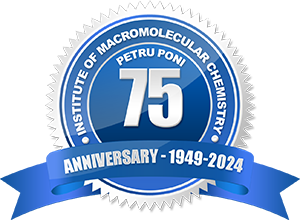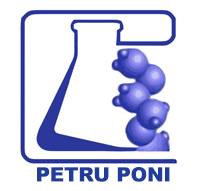1. Optical Properties of Solute Molecules (containing 1,3,4-oxadiazole, quinoxaline, phenolphthaleine, fluorene, bisphenol A and azobenzene units): Environmental Effects, Challenges and their Practical Implications.
(a) intra/inter-molecular interactions in solutions and in solvent mixtures (preferential solvation) and the effect of medium factors – polarity, acidity, basicity - on the optical properties of some organic compounds containing aromatic rings.
(b) Chemosensor properties of some molecular assemblies containing 1,3,4-oxadiazole were analyzed for some metal ions such as Cd2+, Cu2+, Mg2+, Ag+, Co2+, Ni2+, Sn2+, Zn2+ and Mn2+, which play an important role in living organisms and environment. Solvatochromic analysis of these chromophores was utilized to estimate the optical nonlinear properties and to determine the characteristics of intramolecular charge transfer.
2. Design, synthesis and investigation of metal oxide ceramic nanostructures (ZnO:La; ZnO:RE (La, Er, Sm); ZnO-SnO2; ZnO:Ag) composites obtained by electrospinning method with specific optical, electrical, and photocatalytic properties for environmental protection (photocatalytic degradation of organic dyes from wastewaters).
3. Photochemistry of azobenzene derivatives: excited states, isomerization, kinetics.
4. Cerium doped zinc oxide nanoparticles were prepared by a new procedure starting from cerium sulphate and zinc acetate in different Ce/Zn ratios by the co-precipitation method. The effect of cerium doping on the structural, optical, morphological and magnetic properties of these nanoparticles was investigated. The incorporation of cerium leads to the decrease of band gap energy due to the boundary segregation of cerium ions. Room temperature ferromagnetism is associated with oxygen vacancies and cerium ions. |








